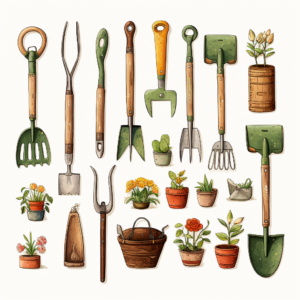Basic Tools to Begin Growing
Gardening is a rewarding and fulfilling hobby that allows you to connect with nature, get some invigorating sun, and enjoy the fruits of your labour. And with gardening and vegetable growing if doesn’t matter if you have a large or small garden, there is always something fragrant or yummy you can produce. Having a small backyard, a balcony, or spacious acreage, cultivating your own vegetables, fruit trees, and berries will bring immense joy and a sense of accomplishment.
To embark on this exciting journey, you’ll need the right set of garden tools and implements. These tools don’t need to be expensive, you can buy good gardening tools in your local supermarket for half the price of your gardening stores. Take a look at my list of basic tools that will help you get started.
In this short but fact-filled article, we will explore the essential garden you’ll need to grow various vegetables, fruit trees, and berries, and provide additional tips to ensure your gardening success.
Basic Garden Tools
A. Trowel: A handheld tool with a pointed blade, ideal for digging small holes, transplanting seedlings, and loosening soil.
B. Hand Fork: With its short, sturdy prongs, a hand fork is perfect for breaking up soil, removing weeds, and aerating.
C. Pruners: A quality pair of pruners will help you trim and shape plants, remove dead or damaged branches, and harvest fruits.
D. Garden Shears: These are larger versions of pruners, designed for cutting thicker branches and shrubs.
E. Garden Knife: A versatile tool used for cutting twine, opening bags of soil, or harvesting vegetables.
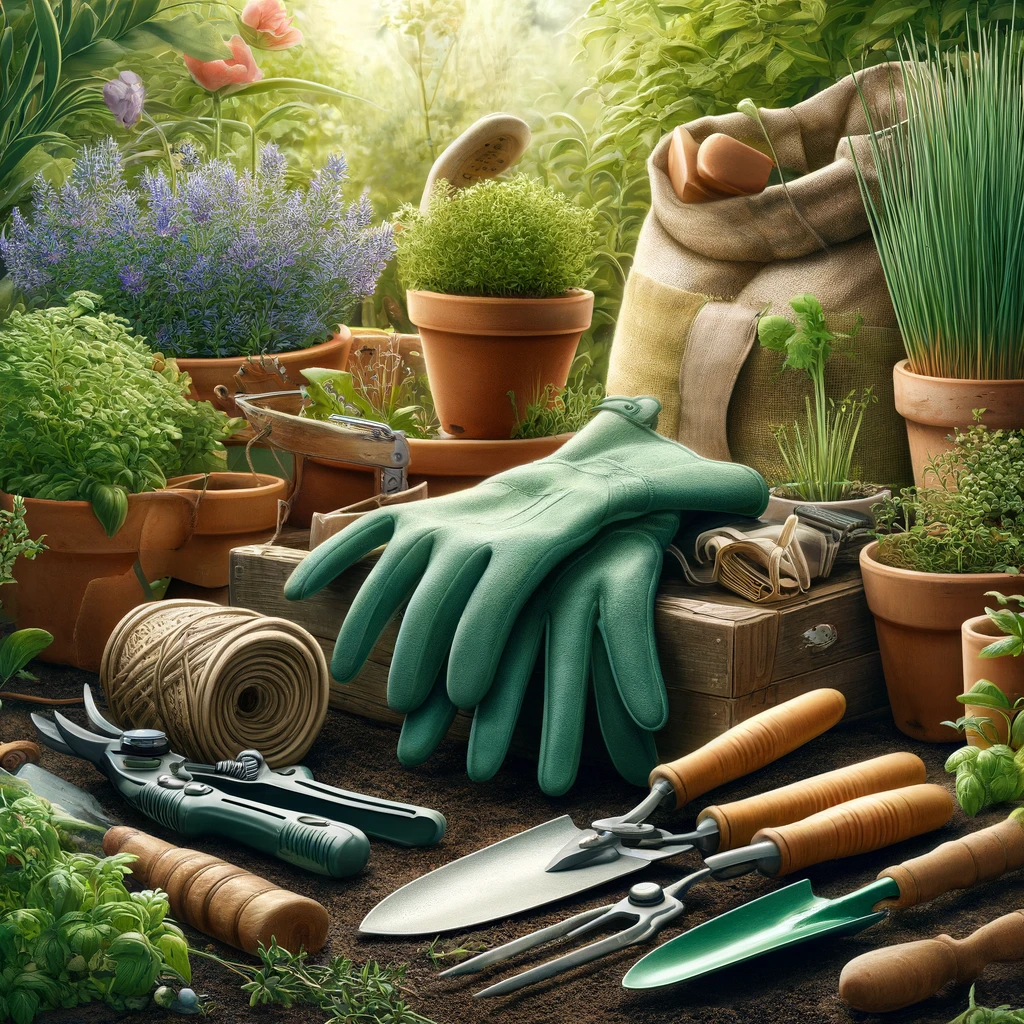
Digging and Cultivating Tools
A. Garden Spade: A must-have for digging planting holes, turning soil, and edging garden beds.
B. Garden Fork: Ideal for loosening compacted soil, mixing in compost, and preparing the ground for planting.
C. Hoe: Used to remove weeds, break up the soil, and create furrows for planting seeds or seedlings.
D. Garden Rake: Perfect for leveling soil, removing debris, and preparing the ground for planting.
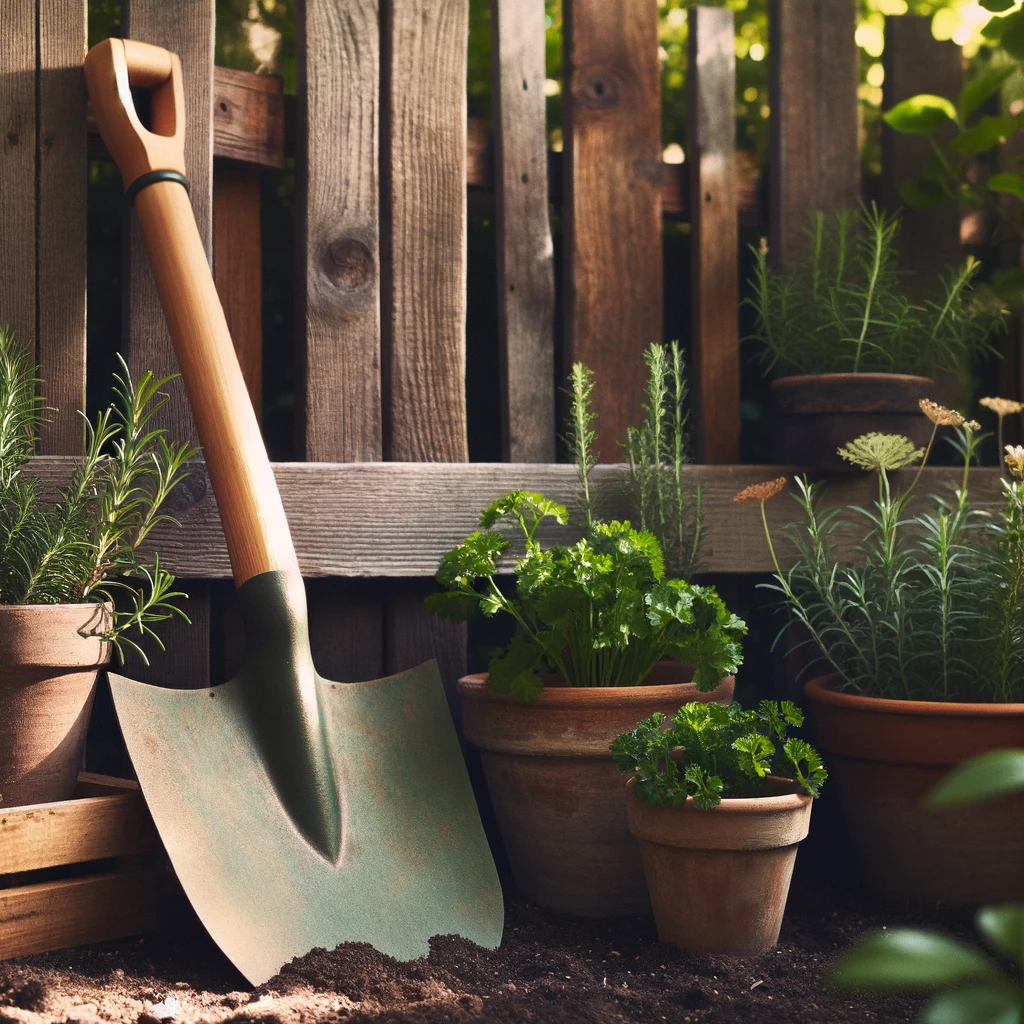
Watering and Irrigation Tools
A. Watering Can: Essential for hand-watering small plants and seedlings.
B. Garden Hose: Provides a convenient way to water larger areas and reach plants at a distance.
C. Sprinkler System: Ideal for watering large gardens, ensuring even distribution of water.
D. Drip Irrigation System: A more efficient option that delivers water directly to the roots, minimizing waste and reducing water usage.
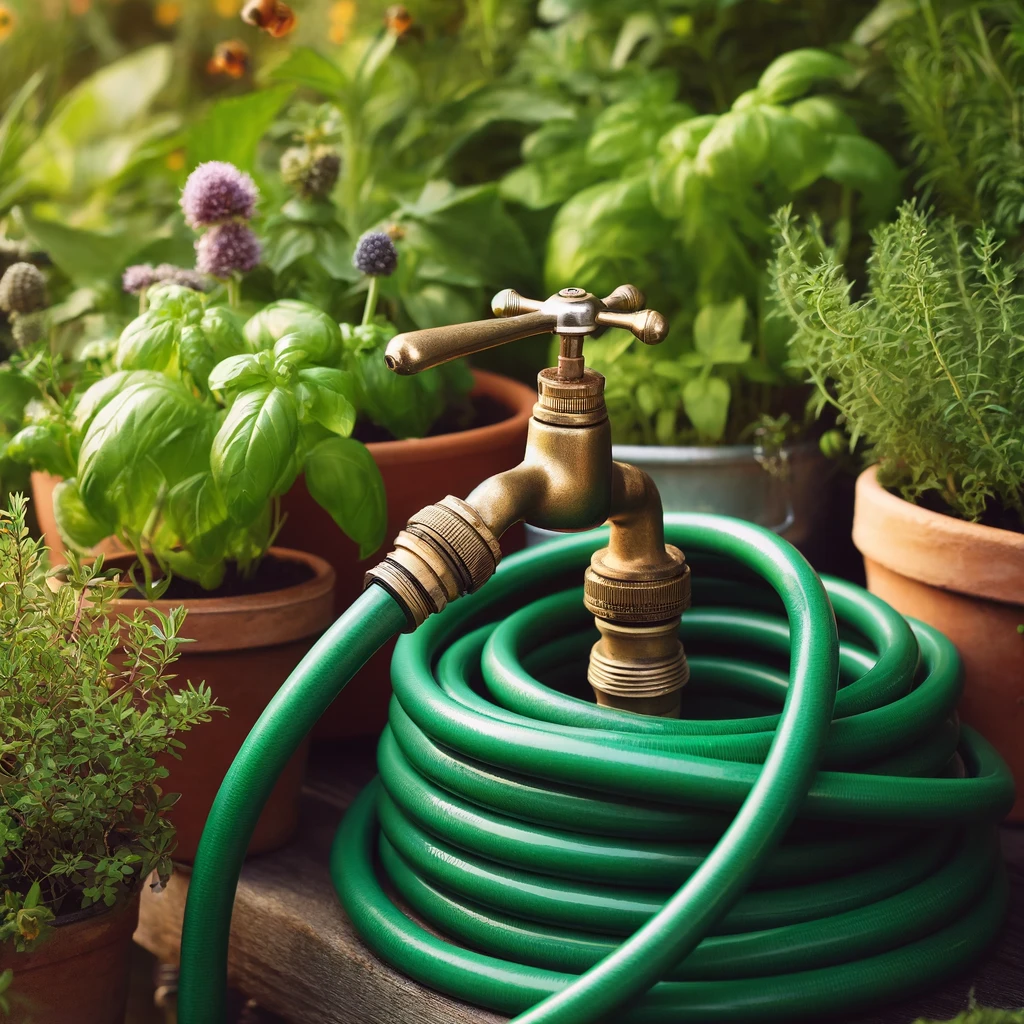
Additional Garden Tools
A. Garden Gloves – Protect your hands from thorns, sharp edges, and soil-borne pathogens.
B. Garden Cart or Wheelbarrow – A reliable means of transporting heavy soil, plants, and tools around your garden.
C. Plant Supports – Stakes, trellises, or cages to provide support for climbing vegetables or fruiting plants.
D. Pruning Saw – For cutting larger branches or tree limbs.
E. Soil Testing Kit – Helps determine the pH level and nutrient content of your soil, enabling you to make necessary amendments. These can be purchased at any good hardware store, online, or garden centre.
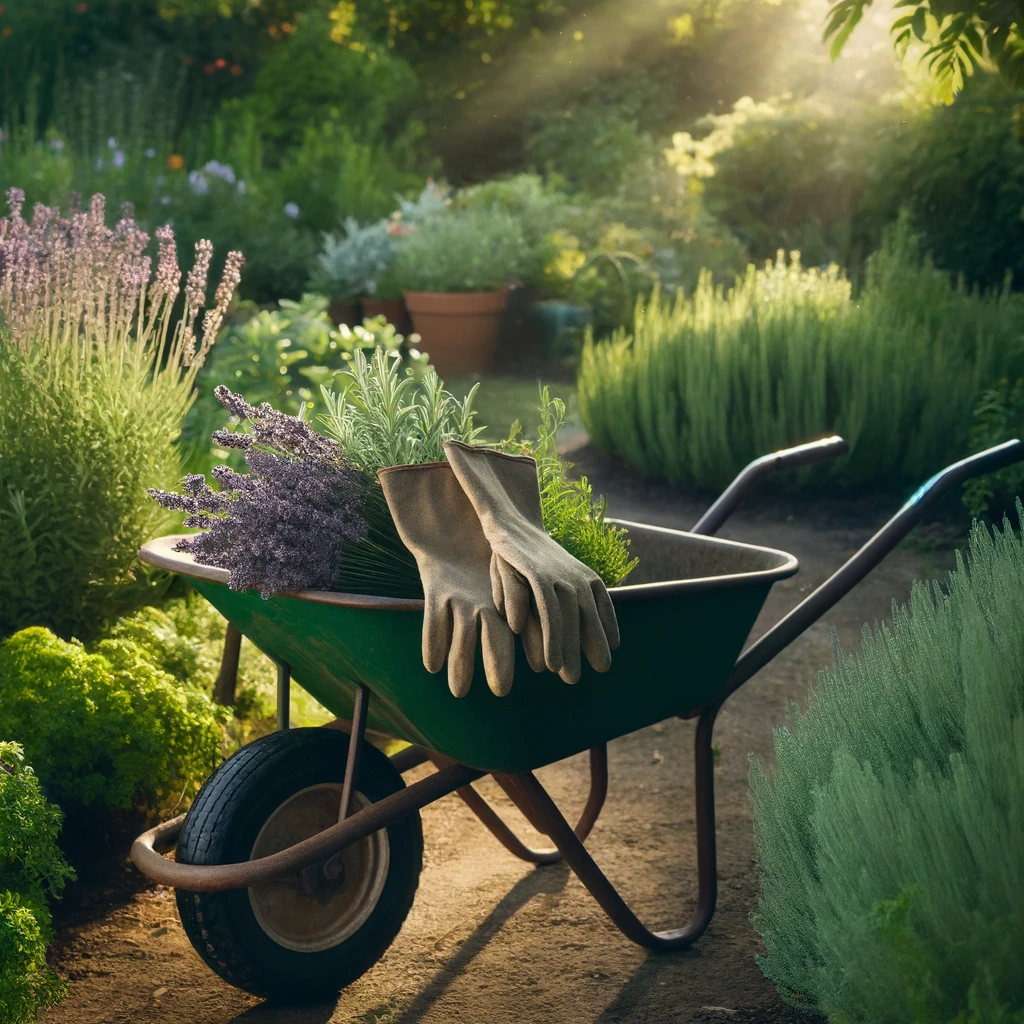
Tips for Success
Understand your plants
Research the specific requirements of the vegetables, fruit trees, and berries you plan to grow, including sunlight, water, and soil preferences. Having nutrient-rich compost and the right fertilizer for your plants is also a must. Have a look at this article about fertilizers for more information.
Proper soil preparation
Invest time in cultivating healthy soil by adding compost, organic matter, and appropriate fertilizers. Use well-rotted manure not fresh, as this will burn your plants.

Regular maintenance
Prune your plants, remove those stubborn weeds, and monitor for pests and diseases to ensure sturdy, healthy growth. If you do find any pests, get on to removing them quickly and stopping any more infestations as soon as possible.
With any diseased foliage, place it in your household rubbish bin, not your garden waste or compost bin.
Harvesting techniques
Learn the right time to harvest your crops, ensuring optimal flavor and quality. Every vegetable, fruit, nut, herb, etc has a different way of harvesting and storing. As with garlic and onions, you need to allow them to cure for 2 to 3 weeks before using them.
Continuous learning
Gardening is a journey of learning and experimentation. Seek advice from local gardening communities, join workshops, and learn from experienced gardeners. Don’t forget, I am constantly updating this site with added content and resources that will help you grow your edible garden easily
Equipped with the right tools and armed with knowledge, you are now ready to embark on your gardening adventure. Remember, gardening is a journey that requires patience and dedication, but the rewards are immeasurable. Enjoy the therapeutic experience
